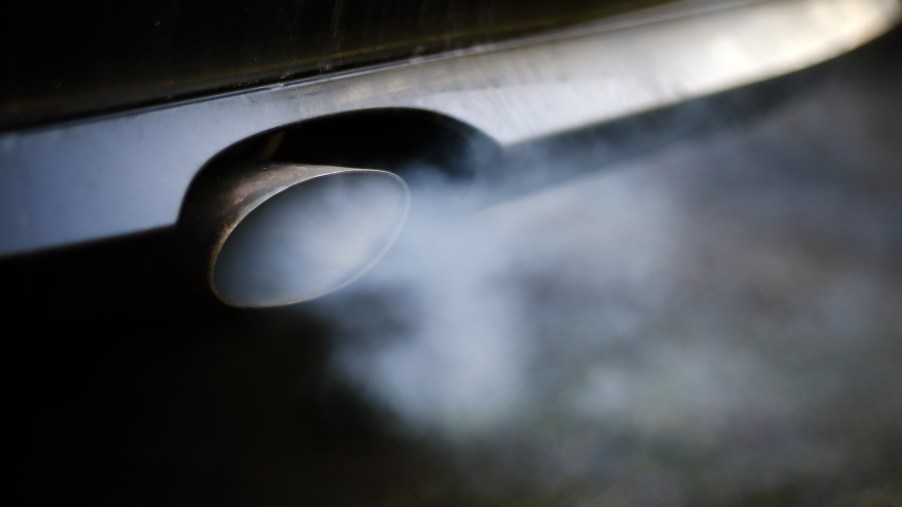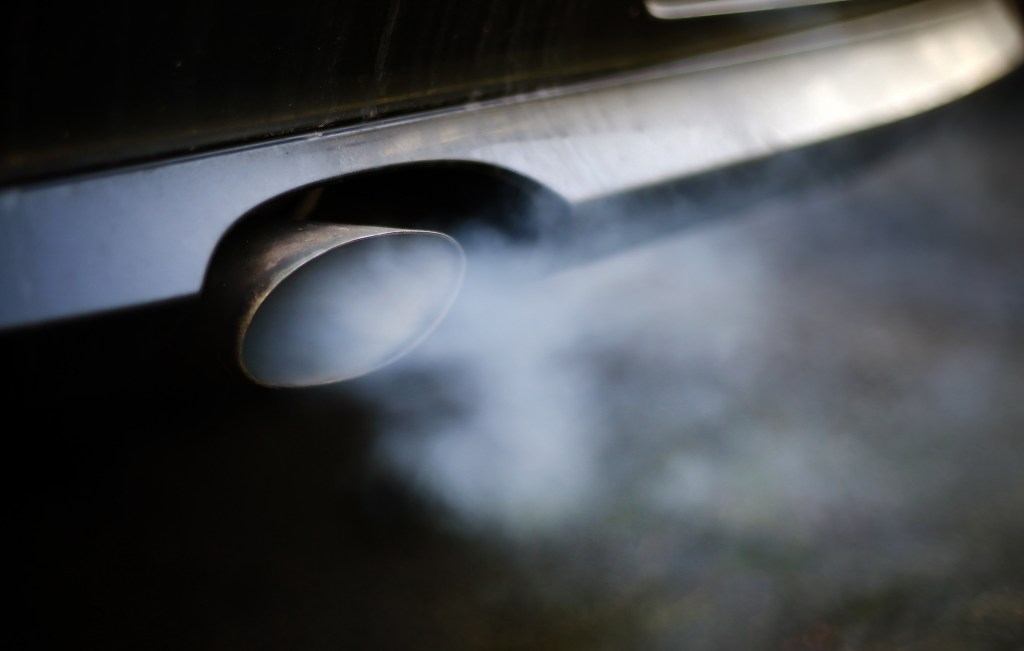
8 Signs of Carbon Monoxide Poisoning
Carbon monoxide poisoning is the accumulation of carbon monoxide molecules in your bloodstream. The poisoning is caused by prolonged inhaling of carbon monoxide (CO) in a poorly ventilated place. Vehicle exhausts are common emitters of CO, and leakage of the gas can cause slow but serious poisoning to cars‘ occupants without proper ventilation. Exposure to high levels of carbon monoxide causes severe tissue damage and even death.
What is carbon monoxide?

Carbon monoxide gas is colorless, tasteless, and odorless. The gas is produced from the burning of wood, gasoline, or any carbon fuel. If the carbon fuels burn under insufficient oxygen, carbon dioxide is produced. Carbon dioxide has little or no effect on a body’s systems. However, poorly ventilated areas, like the engine of your vehicle, cause incomplete combustion that produces poisonous CO, the Mayo Clinic explains.
If you’re exposed to too much carbon monoxide in an enclosed space, your body replaces oxygen with the inhaled poisonous gas. Your red blood cells transport the toxic CO from your lungs to your body’s cells.
Because your senses don’t detect the gas, your body cells and tissues get poisoned without warning. Continued exposure to high levels of CO leads to irreversible cell and tissue damage and eventually death. However, before major damage is done to your organs, you will experience the following signs.
Signs of carbon monoxide poisoning
A person exposed to carbon monoxide poisoning may experience the following eight symptoms depending upon the level of exposure:
Mild exposure
- Dull headache
- Weakness
- Dizziness
- Nausea or vomiting
Medium exposure
- Shortness of breath
- Confusion
- Blurred vision
Extreme exposure
- Loss of consciousness
University of Iowa Hospitals & Clinics calls carbon monoxide poisoning a silent killer for intoxicated or people poisoned in their sleep. Intoxicated people could die or suffer irreversible brain damage, while people poisoned in their sleep might never wake up.
First aid for CO poisoning
If you are exposed to mild levels of carbon monoxide or your loved one is exposed to mild CO poisoning, get them fresh air immediately. You can ensure there is enough oxygen circulation by doing the following. Open the car windows or doors or move away from the carbon monoxide area. Any place that has sufficient oxygen will help you deal with the mild symptoms of carbon monoxide poisoning.
If the patient is exposed to medium carbon monoxide levels, move them away from the carbon monoxide source or turn off the source. For unconscious patients, turn off the carbon monoxide source and check for injuries before moving the patient to a safer area.
Perform CPR and call 911 for help if you are alone. Extreme levels of carbon monoxide poisoning require high-dose oxygen treatment. You can only get oxygen treatment in a healthcare facility. Consequently, rush the patient to the nearest healthcare facility after CPR.
How to prevent carbon monoxide poisoning
Carbon monoxide poisoning happens in a car or at home. To prevent poisoning in your car, avoid warming or leaving your car idling in the garage. Carbon monoxide from your car can accumulate in the garage and cause poisoning. Have your exhaust checked regularly to prevent carbon monoxide from leaking into the passenger area.
If you decide to keep warm in your car on a winter’s day, ensure that the exhaust is clear. A blocked exhaust pipe may force carbon monoxide back into the car. You can also install a carbon monoxide detector to warn you when carbon monoxide reaches a poisoning level.


